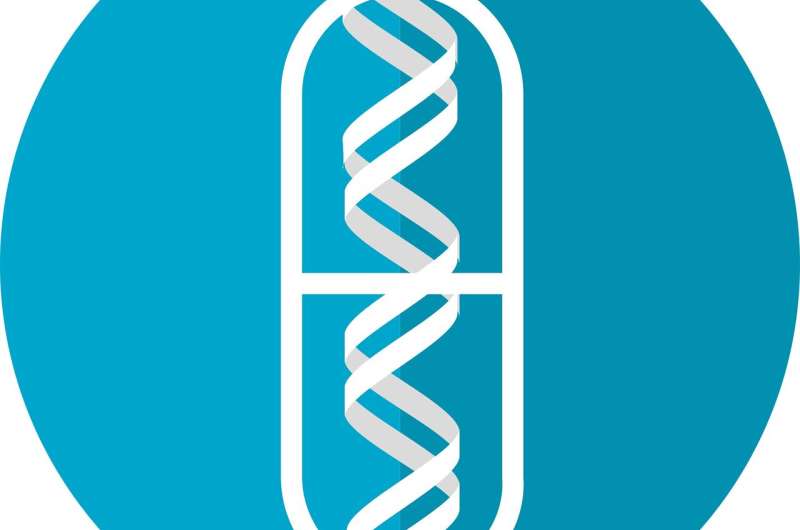The rise, fall and resurgence of gene therapy

Twenty years ago, scientists and investors were giddy over the promise of gene therapy to cure a host of deadly diseases. But the tragic death of a young man from an experimental treatment in 1999 nearly ended a scientist's career and the entire field. Now, according to an article in Chemical & Engineering News (C&EN), the weekly newsmagazine of the American Chemical Society, both the scientist and gene therapy are experiencing a resurgence.
Conceptually, gene therapy is simple: Because many diseases are caused by defective genes, supplying healthy copies of those genes should provide a cure. However, the challenge lies in delivering the therapeutic genes to the appropriate cells in the body. In the 1990s, many researchers, including James Wilson at the University of Pennsylvania, were studying hollowed-out adenoviruses to package the curative genes and get them inside cells. Wilson led a clinical study that examined the use of adenovirus gene therapy to cure a rare liver disorder. Four days after receiving a large dose of the gene therapy, one of the patients enrolled in the trial, 18-year-old Jesse Gelsinger, died from an immune reaction to the virus. Gelsinger's death, and the investigations and lawsuit that followed, greatly tarnished Wilson's reputation and the field as a whole, Assistant Editor Ryan Cross writes.
Despite, or perhaps because of, this tragedy, Wilson's downsized and disgraced lab worked to redeem gene therapy, with a new focus on finding safer viruses. Along with a handful of other researchers, Wilson began studying a different kind of gene-delivery vehicle: adeno-associated viruses (AAVs), which seemed less likely to trigger deadly immune reactions than adenoviruses, but weren't particularly good at delivering genes. Eventually, Wilson and his coworkers discovered a new family of AAVs that were much better at getting therapeutic DNA inside cells. Today, nearly 100 drug development programs at 42 companies use AAVs from this family, and in 2019, the U.S. Food and Drug Administration approved a gene therapy that uses the viruses to treat a fatal neurological disease in infants. While some people still blame Wilson for the near-demise of gene therapy two decades ago, others are crediting him for the field's resurgence, Cross notes.
More information: "The redemption of James Wilson, gene therapy pioneer," cen.acs.org/business/The-redem … erapy-pioneer/97/i36
Provided by American Chemical Society





















